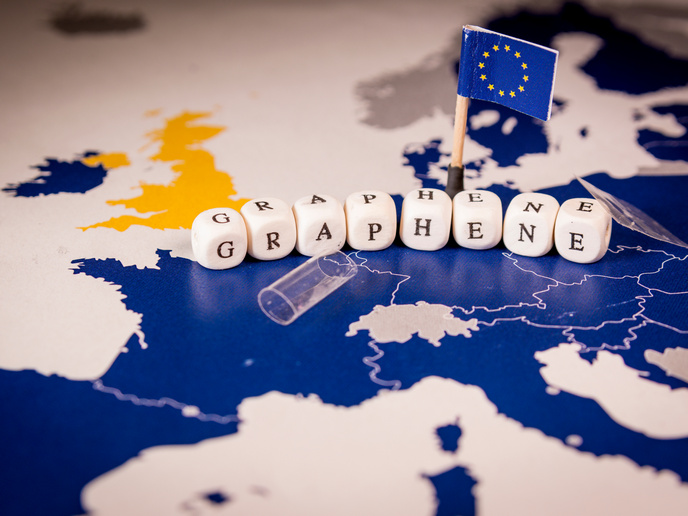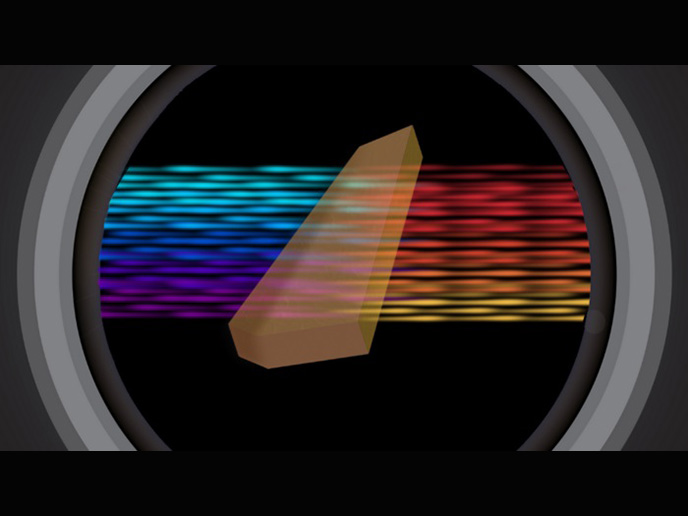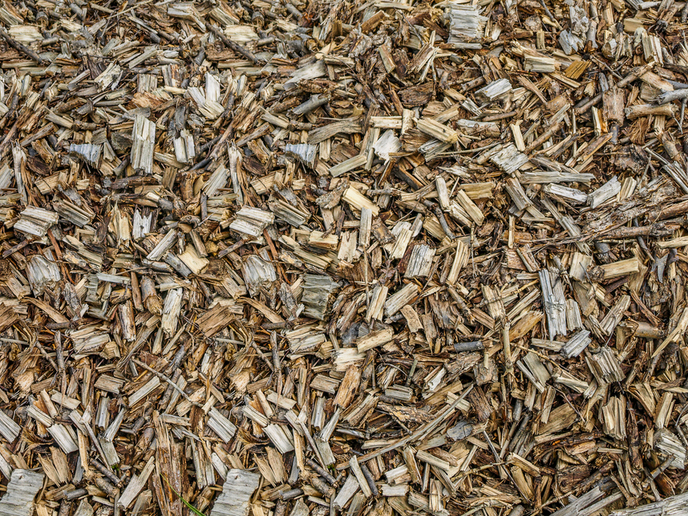Graphene for water filtration
Many water filtration methods use porous membranes that separate molecules based on their size. The general idea is to let water molecules through while holding back larger contaminating particles like organic matter and bacteria. The thinner the membrane, the faster water can flow through it and the more efficient the process. There is a limit, however, to how thin a membrane can get while still maintaining strength. The EU-funded GRAPHENEHF (Graphene-assembled inorganic hollow fibre membranes and membrane modules for water treatment) initiative wanted to make membranes out of one of the thinnest, strongest materials known: graphene. Since graphene is a one-atom thick material containing carbon atoms arranged like a honeycomb, it can separate molecules on a nanoscale level. Because it is so thin, it should also have a very high flow rate, making it extremely efficient. GRAPHENEHF investigated ways to create graphene membranes supported by inorganic hollow fibres, which can easily be assembled into industrial molecules. Researchers first tried a chemical process called chemical vapour deposition to deposit a graphene film onto metallic hollow fibres consisting of copper and iron. The idea was to create pores in the copper, with support provided by the iron. Although they succeeded in creating single graphene layers on the hollow metal fibres, the process needs to be improved before it can be used industrially. Next, the researchers tried a filtration method to prepare graphene oxide membranes on hollow fibre supports. After overcoming problems with membrane shrinkage and low permeability, they created a stable graphene oxide membrane with a high flow rate. They also demonstrated that the membrane prevented most small molecules getting through, although it was permeable to gases. Apart from the graphene membrane, the hollow fibres developed during this project could themselves be used as porous microfiltration and ultrafiltration membranes. This should be of great interest to the water treatment industry.







